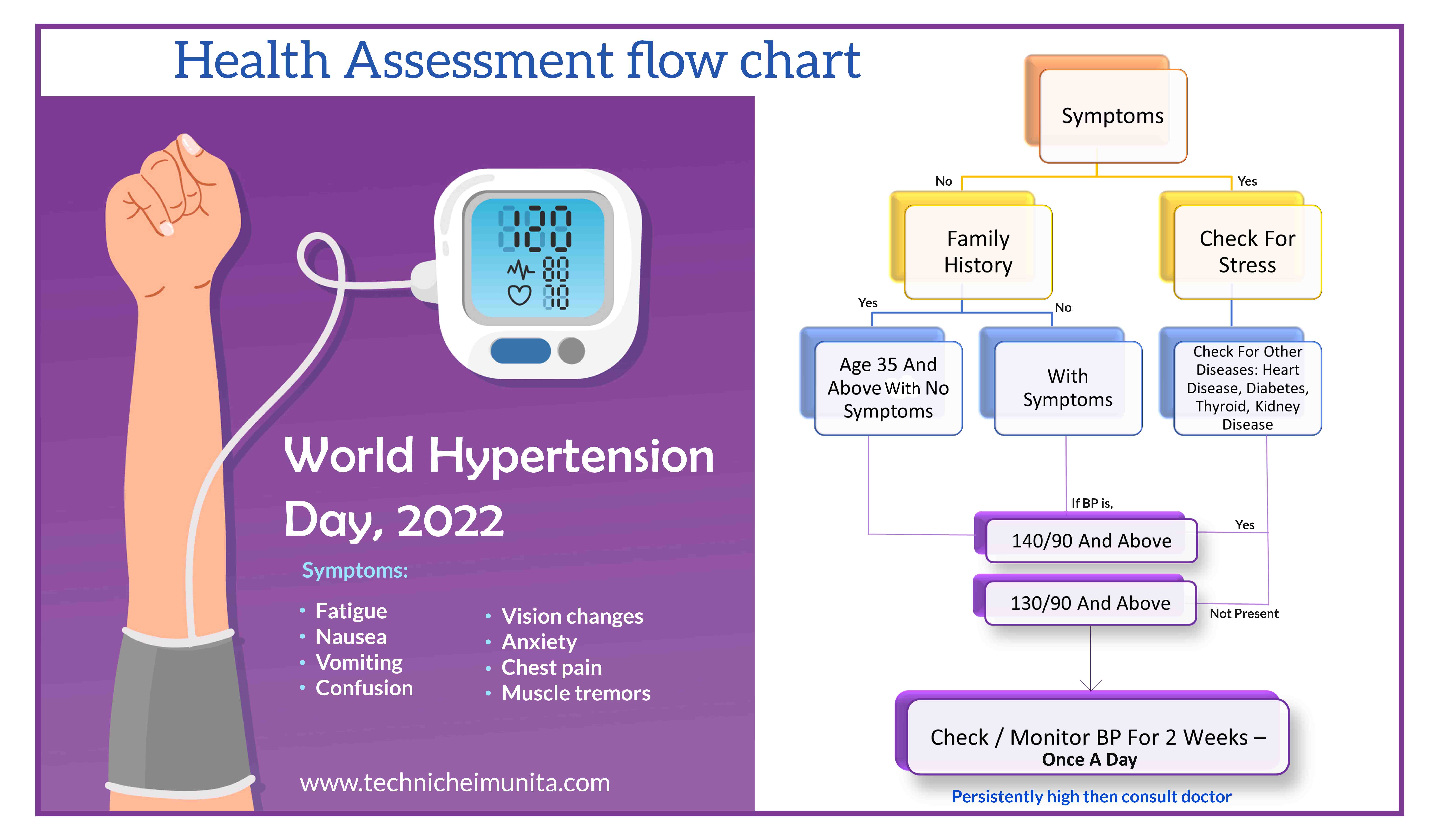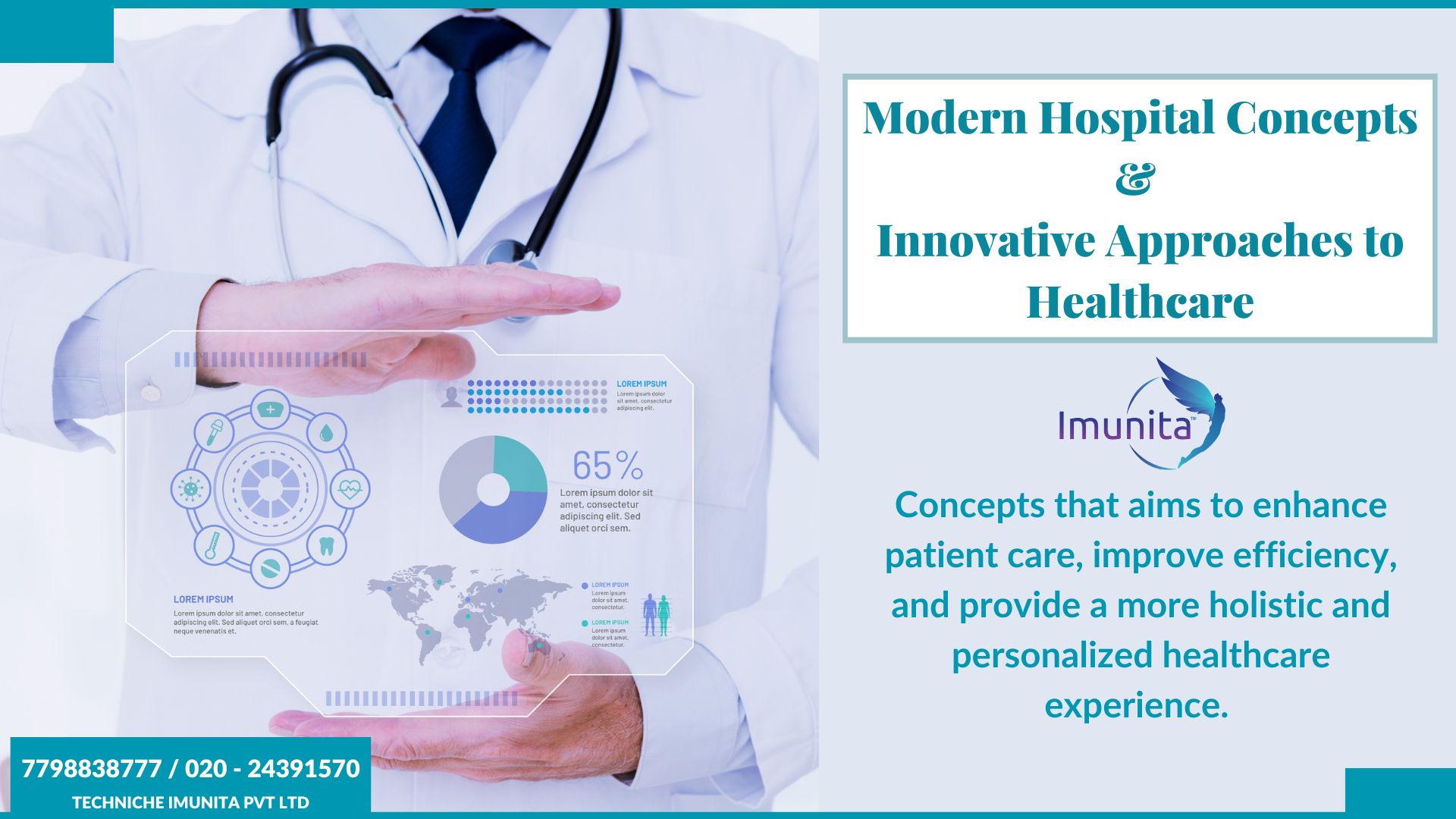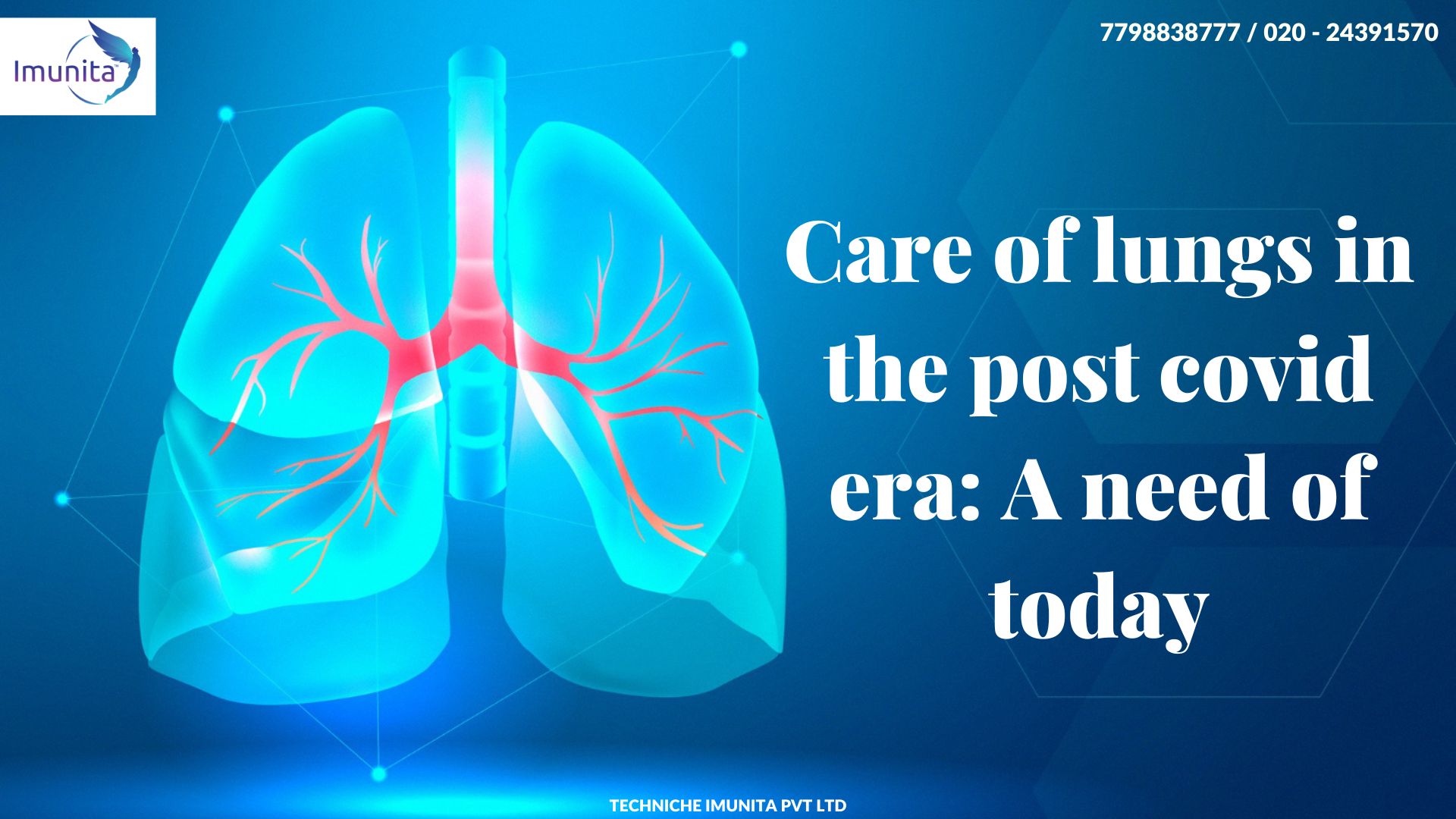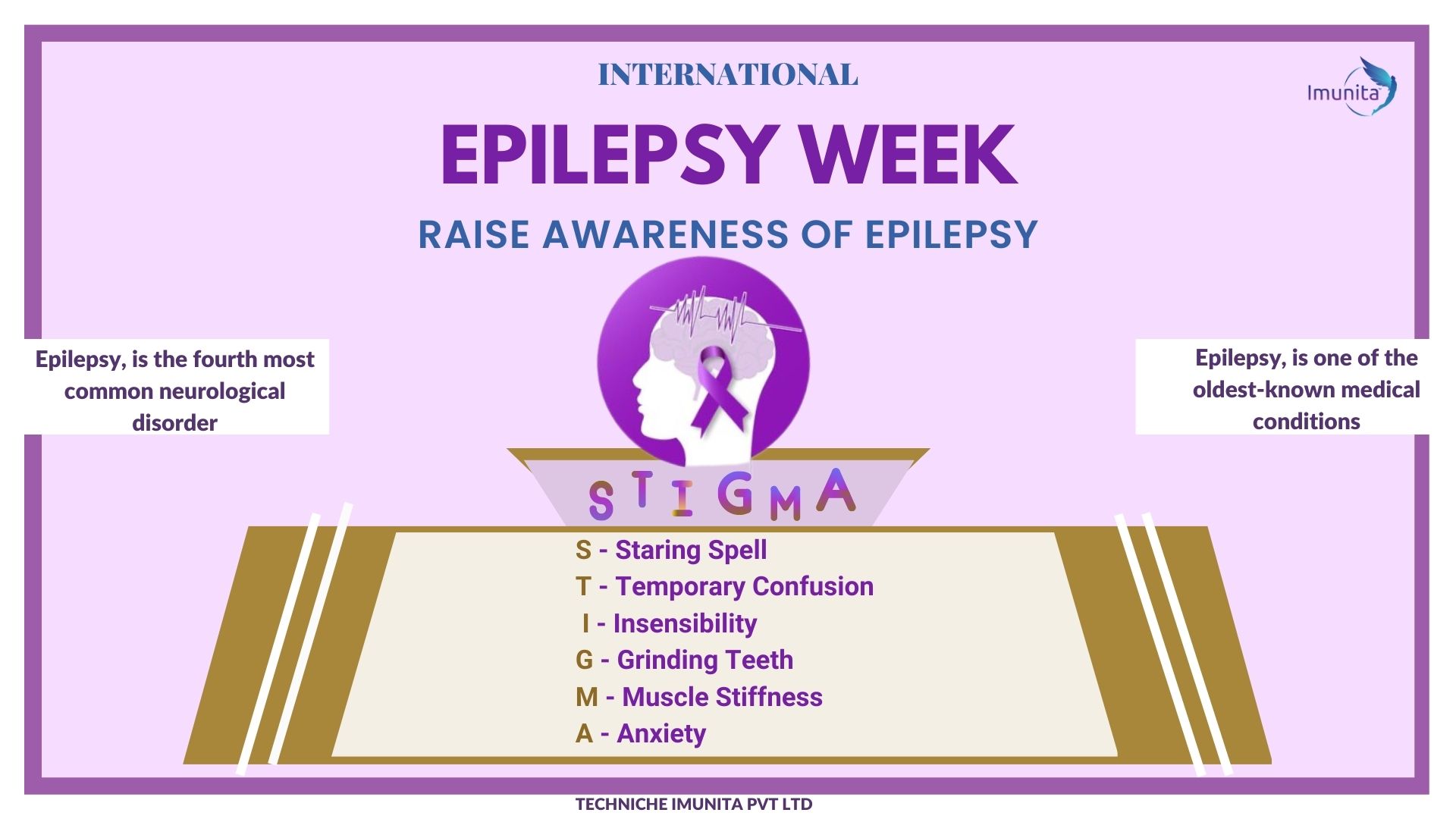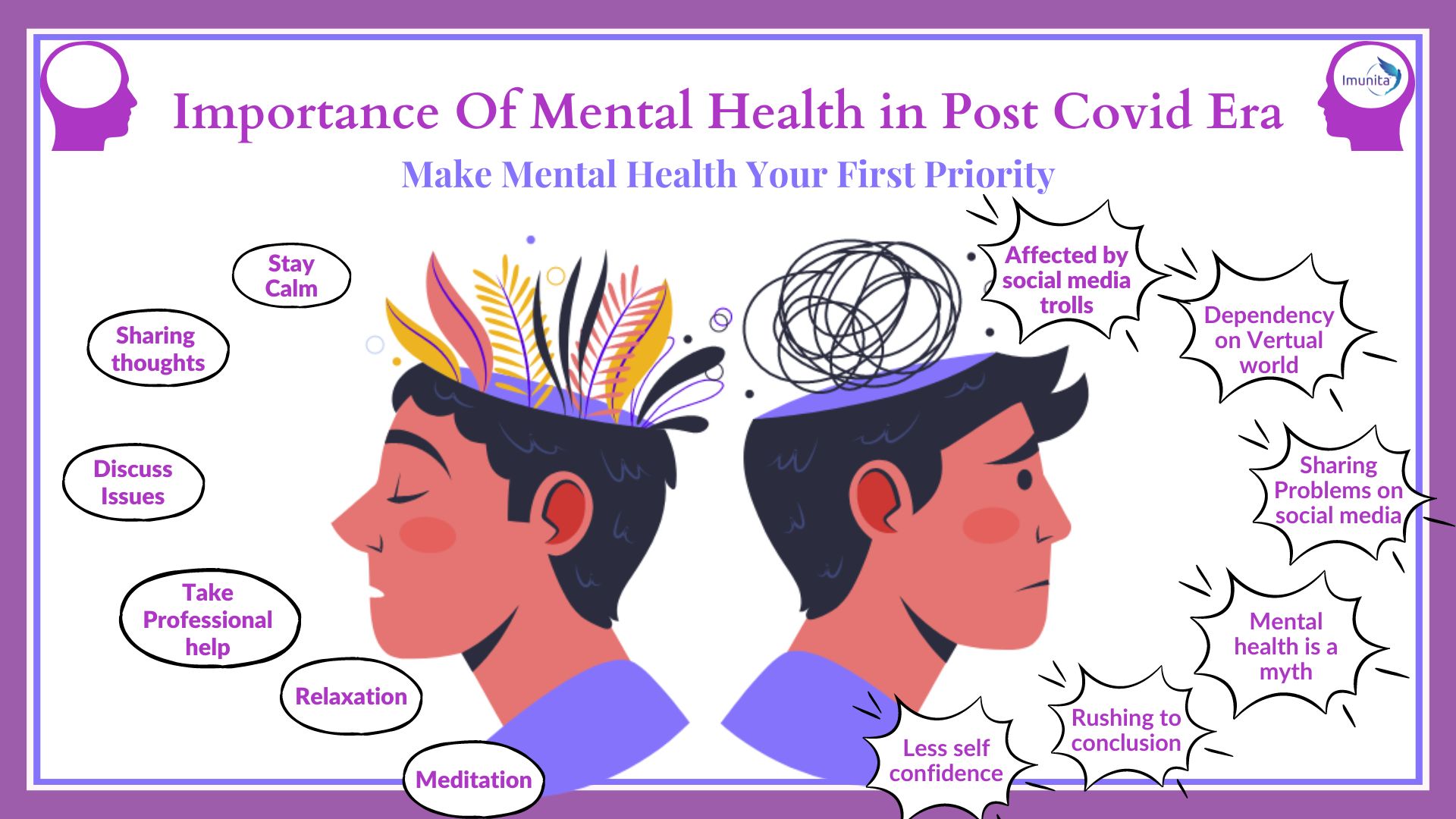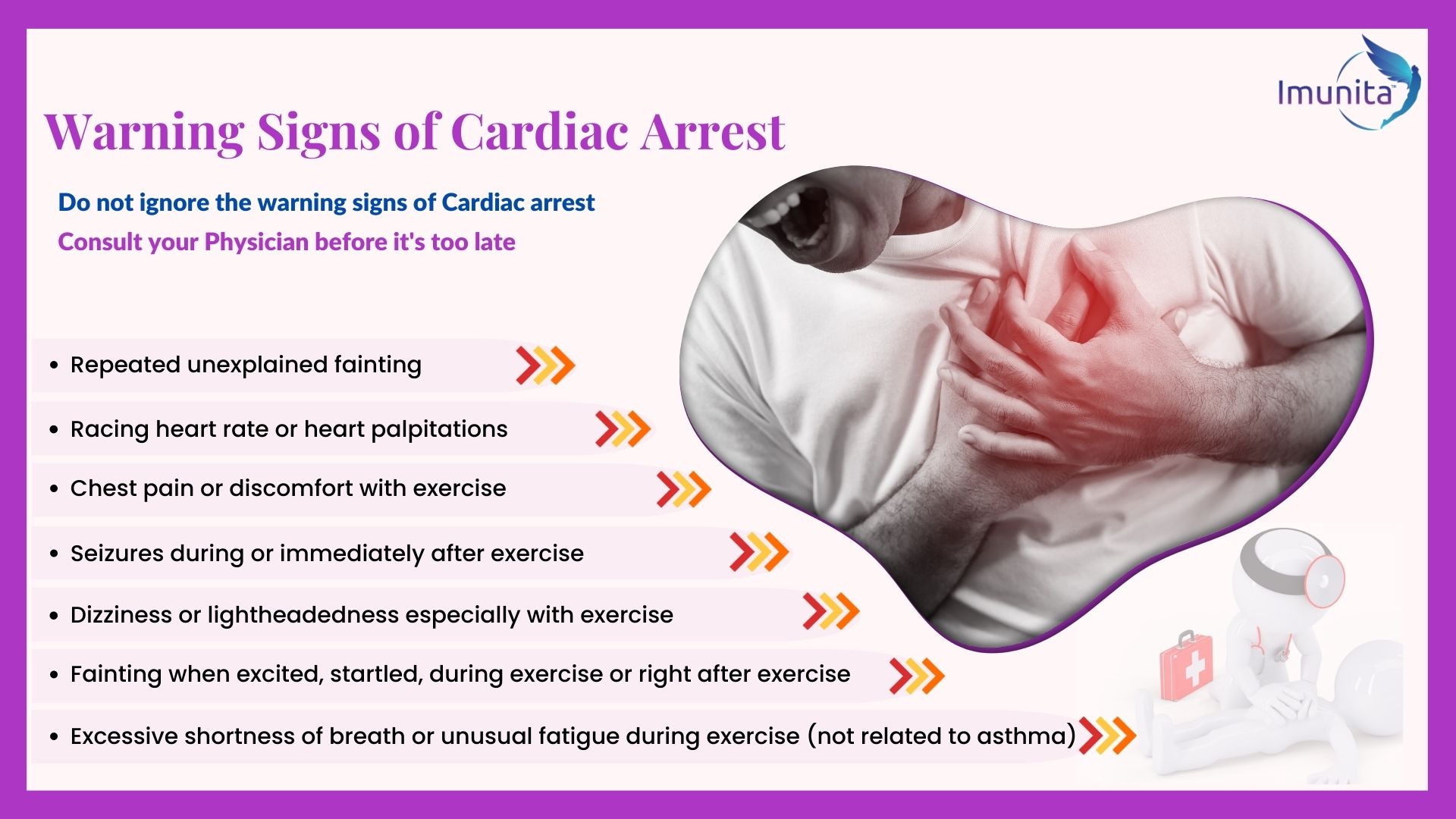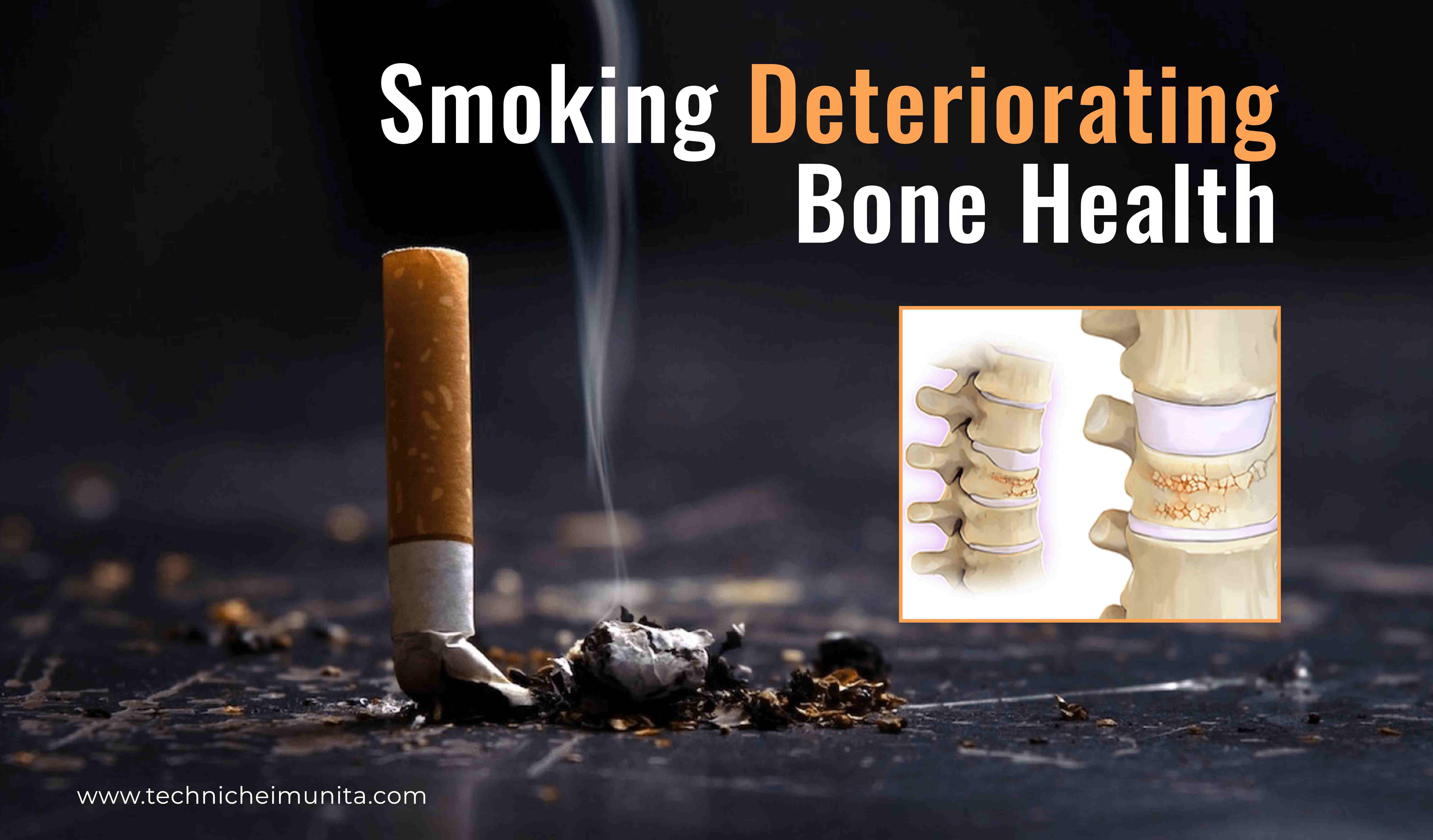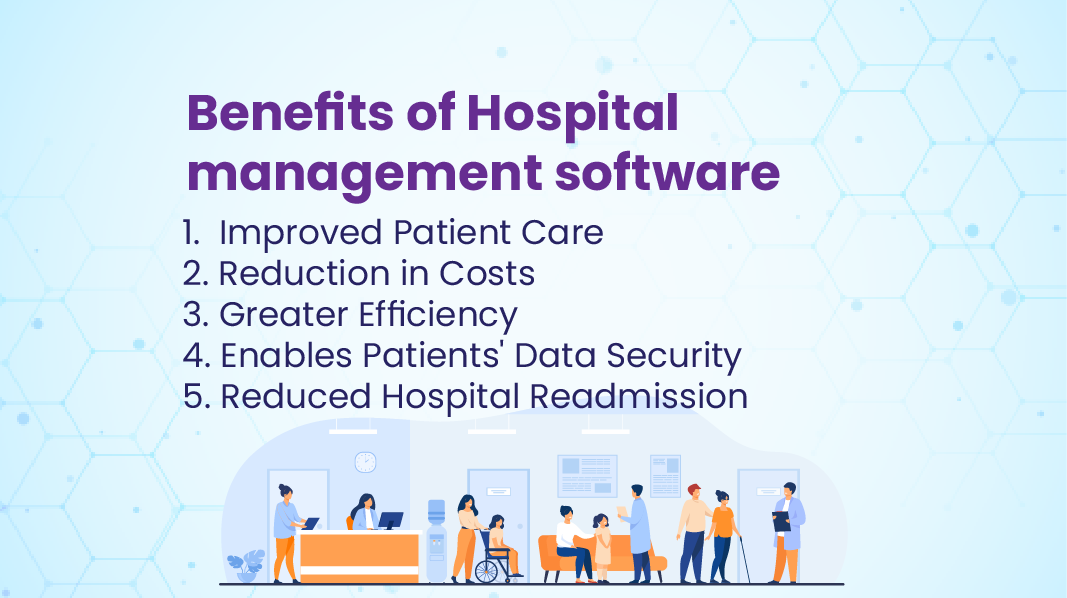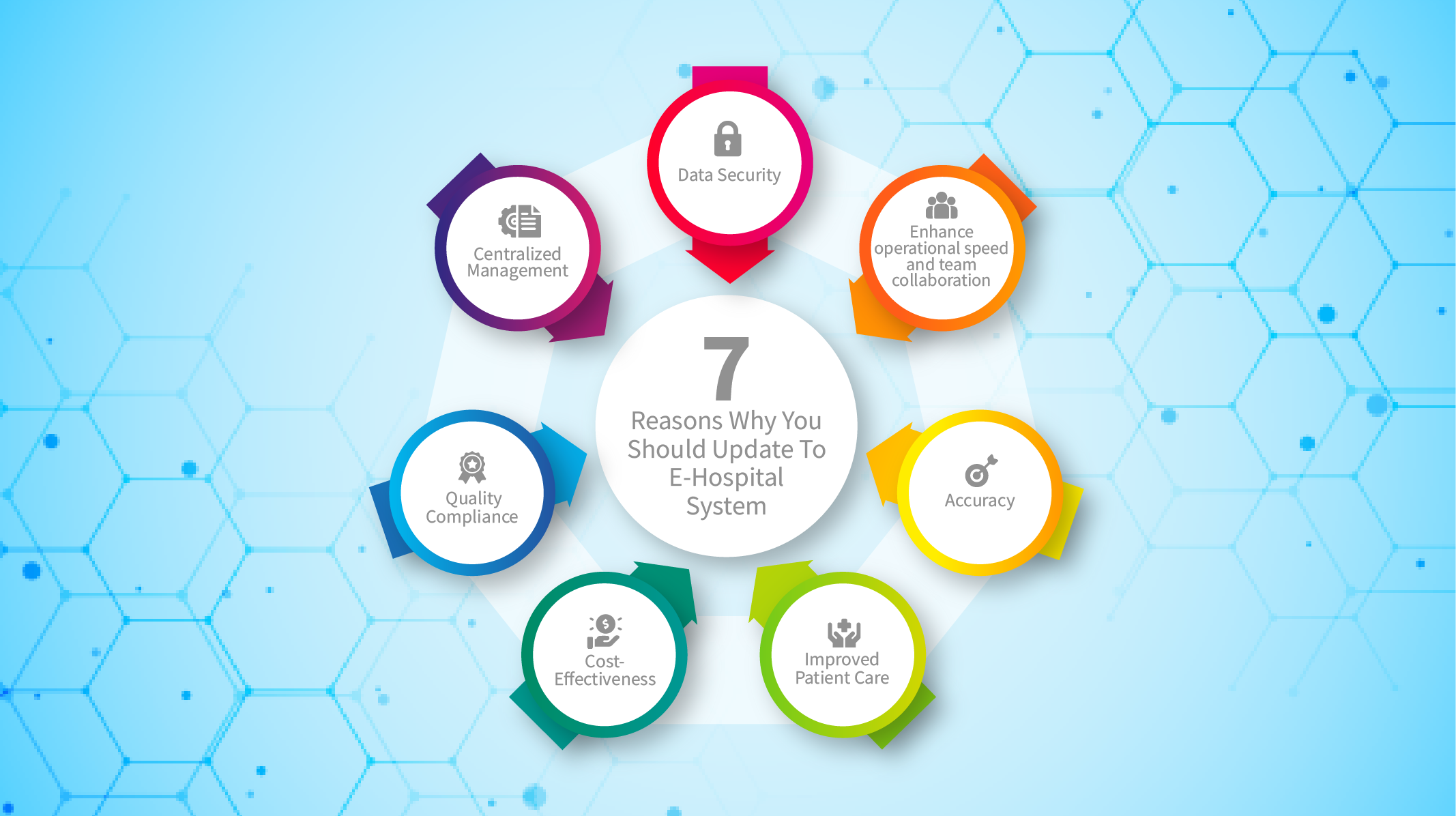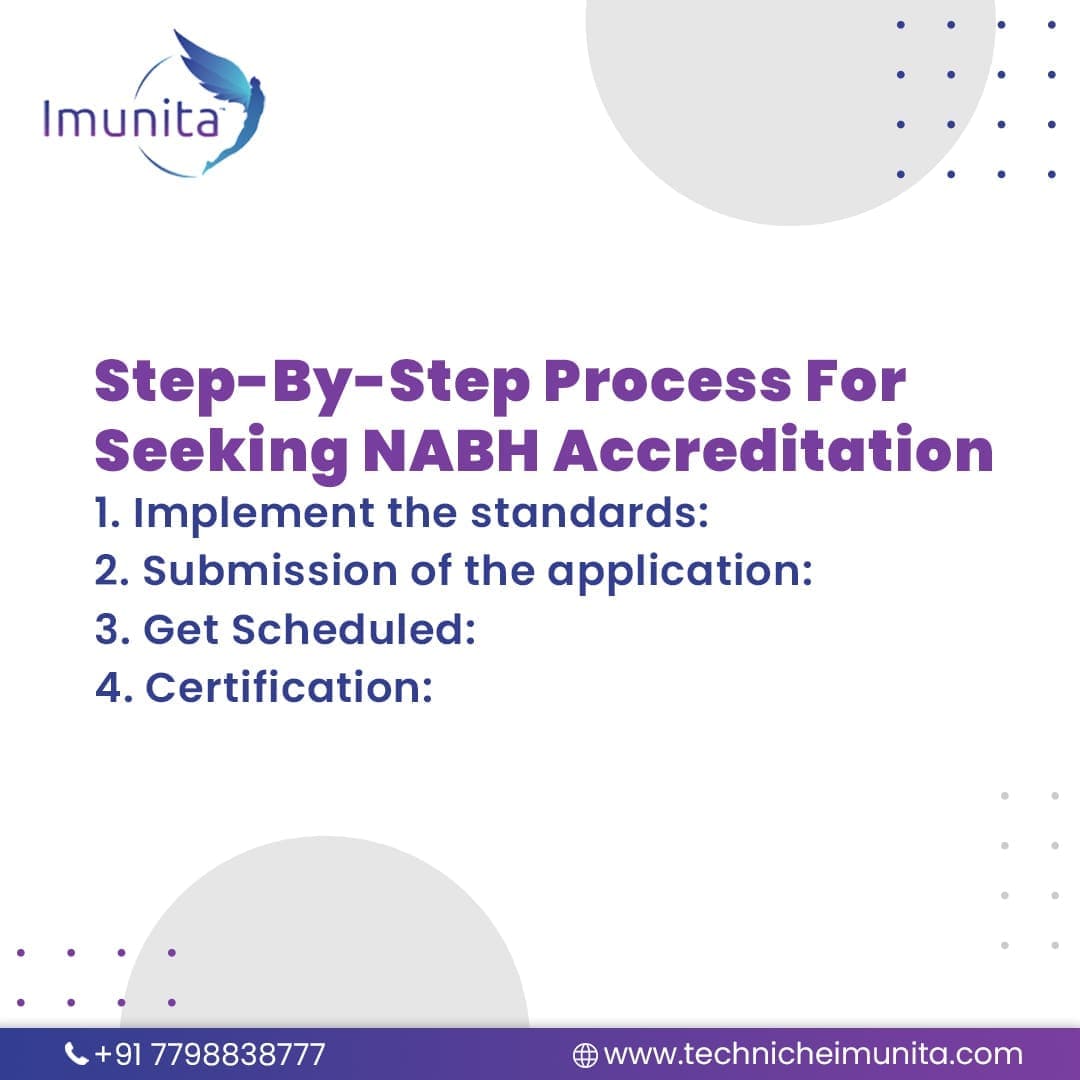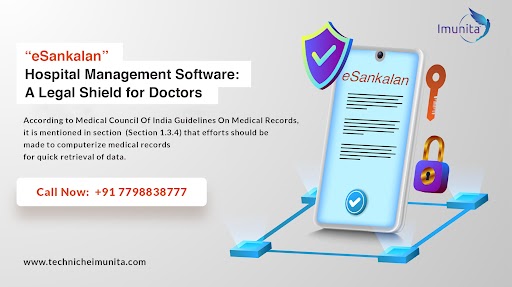Hypertension is the leading cause for health related risk factor in India, with the largest contribution to burden of disease and mortality. As per the statistical data, nearly 1.6 million deaths occur annually in India, due to heart related ailments. The burden of the disease can be reduced by on time diagnosis and adherence to proper medication with lifestyle interventions. The blood pressure parameters and the duration for diagnosing are significant to initiate the BP medication regime.
1. Patients with normal BP (140 mm Hg systolic and/or greater than 90 mm Hg diastolic) are advised for BP checkup within 1-2 weeks and then classified as hypertensive or high normal.
2. Patients with BP of >160 mm Hg systolic and/or greater than 100 mm Hg diastolic are referred to the primary health center if measurements are done at peripheral centers, for confirmation of hypertension
3. Persons with BP of >180 mm Hg systolic and/or greater than 110 mm diastolic are immediately referred to experts to exclude any acute target organ damage, and for initiation of treatment, which is required on an immediate basis. A thorough assessment for target organ damage, and BP monitoring is done in such patients.
4. Hypertensive emergencies are when BP is > 180 mm systolic and >120 mm with cardiovascular, neurologic, renal and visual dysfunction. Hypertension associated with acute coronary syndrome (chest pain), acute left ventricular dysfunction (shortness of breath), and hypertensive encephalopathy (altered sensorium), stroke (focal weakness), and renal failure are most common cases.
5. Patients diagnosed with hypertension are advised lifestyle measures such as restricting salt intake, advice on diet, exercise and de-addiction to reduce their blood pressure and to reduce their overall risk of cardiovascular complications.





